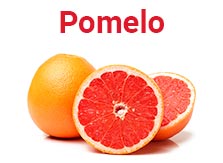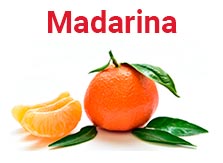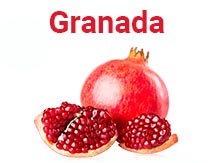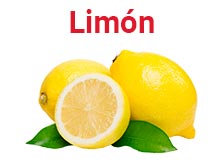Table of Contents

We can help you in the storage, transport and preservation of mandarin and all kinds of citrus. This is a fruit similar to the orange but more flattened at its base and smaller. Its origin and provenance are in China, since it has been cultivated in this country for millennia. We are talking about a fruit that is widely known worldwide, where its consumption continues to grow continuously due to the horeca and retail channels, above all. The tangerine continues to establish itself as a more ready-to-eat fruit than its sister, the orange, due to its ease in removing the skin, being a smaller portion.
Origin and varieties of mandarin
From Asia to Europe arriving in England around the 19th century. After this introduction to the continent, trees were shipped to Malta and Italy, bringing the mandarin to Spain shortly thereafter.
There are many varieties, we will highlight those that we consider the most relevant in the Spanish market, from the perspective of Antonio Marco’s clients:
- Clemenules: has its origin in Nules, a city in Castellón. It is characterized by its sweet flavor, which is the most outstanding component of this variety. Its rind is thin and smooth, easy to peel, pale orange in color, with very little acidity and seedless.
- Orri: It is considered a premium variety in the market, thanks to its unique texture and distinctive flavor. It is a protected variety, cultivated only in Spain legally at a European level. The origin of the Orri mandarin is a hybrid variety developed from the Orah variety. This high-quality fruit is obtained by complying with strict regulation standards and great control by Spanish producers.
- Oronules: the main attraction of this variety is its intense orange color. Its skin is easy to peel, it is almost completely seedless and its pulp is of special quality, as is its juice.
- Ortanique: it is a hybrid variety between orange and mandarin of Jamaican origin. Its skin is very thin and adheres to the pulp, which makes it difficult to peel it. It has an intense orange color and is a little more acidic than the rest of the varieties.
Nadorcott: it is a first class mandarin, considered a Premium fruit. It has a thin rind, deep red-orange in color and can be easily peeled. It does not usually present seeds and has a sweet flavor with a touch of acidity.
Season and harvest of the mandarin for its subsequent conservation
The season starts in September and runs until the end of May, depending on the different types of mandarins we find. It is true that the use of cold rooms is very important for the conservation of citrus fruits in periods of low demand, or excess supply.
Regarding the harvesting of mandarins in Spain, we find different diseases and pests:
- Diseases:
- Phytophthora
- Viruses and viroids
- Pests:
- Red spider
- Woodlouse
- White fly
- citrus leaf miner
Next, we will explain a series of key measures for cold storage of mandarins.
Mandarin storage for distribution
The importance of a logistic warehouse for the conservation of mandarins is key. This citrus, one of the most consumed in the world, is very important for all cold storage companies in the Levante area. With around 1 million tons produced, Spain is the second country in the world in mandarin production.
Countries such as the United States, South Africa and Morocco have gained weight in the European market, where they rely on logistics warehouses where they keep the mandarin in merchandise refrigerated rooms to extend its useful life, and later, to be distributed in times when the Spanish production does not arrive. to meet the demand
The tangerine, a perishable food, requires a storage temperature between 4-8°C depending on the customer’s requirement, this may vary. A key element in the good conservation of mandarins is; water loss after harvest. Low temperatures and high relative humidity of around 95% reduce transpiration, retard water loss, and in turn reduce the development of pathogens, helping to extend the life of the mandarin.
Mandarin transport in Spain and the rest of Europe
The tangerine is a commodity where its main export destinations are usually:
- Transport of tangerines, Spain to France
- Transport of tangerines, Spain to Germany
- Transport of tangerines, Spain to the Netherlands and Belgium
- Transport of tangerines, Spain to Italy.
- Tangerine transport, Spain to Austria
The ideal temperature for transporting tangerines is between 5-8ºC continuously, it is true that tangerines are a citrus fruit very similar to oranges, they do not suffer much from temperature changes in the short term. The transport companies of Alicante and Murcia are focused on the transport of tangerines to international markets. We are companies that are close to the product, and our know-how, which we have achieved thanks to our years of experience.
We have seen that temperature-controlled storage is key, but this work will mean nothing if we do not carry out optimal refrigerated freight transport. Antonio Marco is clear that his logistics in Alicante is more than prepared to carry out this task, thanks to its Alicante logistics center located in Granada, Alicante. Antonio Marco is a company that can carry out the activities of: transport, storage and conservation of mandarins.
At Antonio Marco we can help you transport and preserve mandarins with a guarantee and good service.
If you want to read more about these citrus fruits, you can read our following posts.





